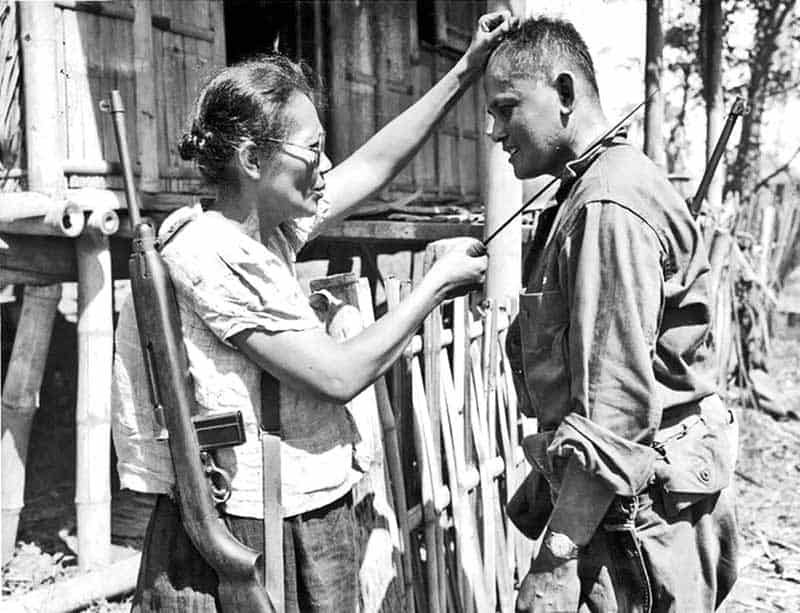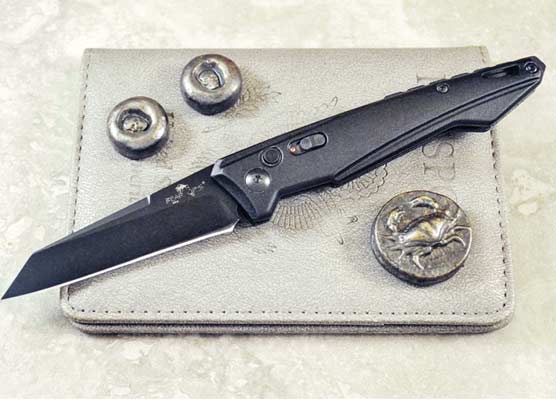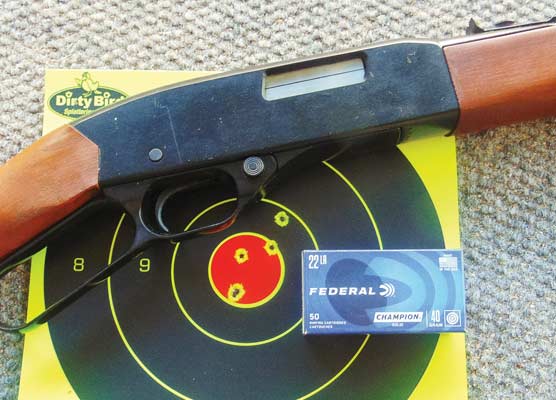It is the 75th anniversary of the Battle of the Bulge—the siege at Bastogne. Now virtually forgotten by most Americans, it was the biggest and bloodiest battle fought on the Western Front in World War II. Over 500,000 troops clashed in the Ardennes Forest, as Hitler hurled 30 divisions and a quarter-million men against the freezing, surrounded Yanks. Seventy-six thousand were killed or wounded, among them one of my uncles. It was his last fight.
A rifleman, he had fought from the cliffs of Normandy on D-Day all the way to Bastogne, only suffering some deep bruises from falling rocks while scrambling up the cliffs from the beach. At Bastogne, he suffered blast trauma and a severe neck injury when his buckled helmet was blown off, then 3rd-degree burns when blazing fuel fell on his bare head. He spent years having skin grafts done and fighting repeated infections. Despite this he always called Bastogne his proudest experience as a soldier. Why? “Because we stopped them cold, when nobody but us thought we could.”
In the mid-’80’s I met and had several conversations with another veteran of Bastogne: A man who served as an NCO in a German Army field artillery unit. It was his last fight too, after being wounded and captured by American paratroops. Following the war he became a US citizen and wound up teaching high school history. One of his favorite study subjects was, not surprisingly, the Battle of the Bulge, getting “the big picture” denied him as a low-ranking participant.
“By all objective standards,” he explained, “By the correlation of forces—manpower, armor, artillery, logistics, everything, it should have been a brief and bloody fight immediately followed by massive surrender of the Americans. But all objective standards fell to individual stubbornness! In that battle,” he said, “The Americans were more German—more hard-headed and stiff-necked—than even we Germans.”
My favorite anecdote from Bastogne provides a clear illustration. An American tank destroyer was pulling back from the German onslaught, looking for a new fighting position, and ran across a lone, filthy, battered and bearded paratrooper. Armed with his rifle and a bazooka, he was hacking out a fighting hole, seemingly oblivious to the troops and vehicles flowing past his position, away from the oncoming Germans. The unnamed commander of the tank destroyer caught the eye of the paratrooper, identified only as PFC Martin of the 325th Glider Infantry Regiment.
“If you’re looking for a safe place,” the paratrooper called out, “Just pull that vehicle behind me. I’m the 82nd Airborne. This is as far as the bastards are going.” And it was.
My uncle, my German friend—and almost certainly PFC Martin and that tank destroyer commander—are long gone now and the rest of their stories with them, and that, my friends, is a cryin’ shame. I’m not concerned with “the big picture,” the sweeping sagas of world-shaking events, nor so much with the stories of those who gained fame and acclaim, often memorialized in books and movies. Their histories are somewhat assured. It’s the human snapshots I worry about… the almost lost tales of individuals who rose to their moments in time. Let me share a few of them with you.



